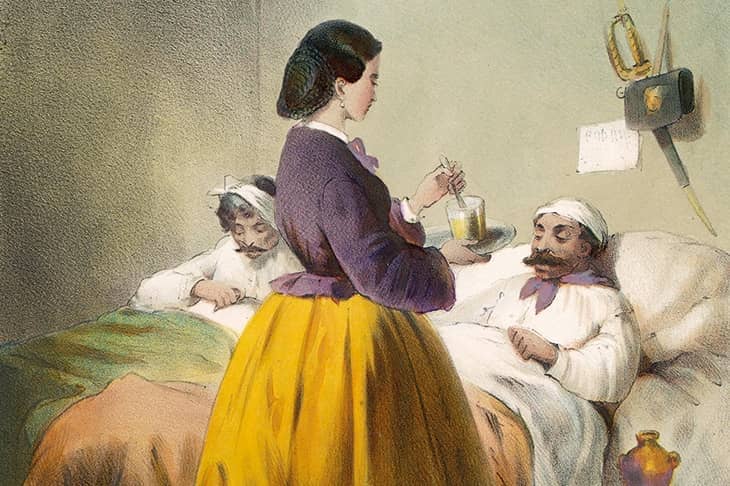Medicine was founded by Hippocrates in the 5th century BC. Doctors continued to study the Hippocratic texts into the 19th century, and many of the therapies, such as bleeding, purgatives and enemas, continued to be practised into the 20th. The standard Hippocratic account of disease was that it resulted from an imbalance of humours within the body. But this failed to explain how some diseases spread through populations at particular times. Among the earliest Hippocratic texts, Epidemics and On Airs, Waters, Places sought to explain this phenomenon.
In 1850 the London Epidemiological Society was formed. The governing assumption of most of its members was exactly the same as those of the authors of the Hippocratic texts or of the Renaissance physicians studied by Carlo Cipolla in his Cristofano and the Plague (1973): epidemics were caused by the two things members of a population had in common, air and water. The obvious conclusion was that infectious diseases could be traced to foul air (malaria, miasma) and foul water, and could be prevented by hygienic measures such as the emptying of latrines and the removal of slaughterhouses to the outskirts of towns.
Jim Downs’s Maladies of Empire is concerned with the epidemiological inquiry into scurvy, yellow fever, smallpox and cholera between 1756 and 1866, roughly the century before the triumph of the germ theory of disease. But because he never looks back before 1756 (except to mention the introduction of smallpox inoculation in 1721 in England, thanks to Lady Mary Wortley Montagu, who had learnt of the practice in Constantinople, and in Boston, thanks to an enslaved African, Onesimus), it’s impossible to tell what theories or therapies were new, other than vaccination.
The history of medicine before the triumph of germ theory is one of failure – a story of endless stasis
Instead of referring to earlier miasma theories, Downs frames his discussion in terms of the supposed decline of contagion theory: contagious diseases (such as syphilis) required, it was held, direct contact between a sick person, or matter taken from a sick person, and the person who fell sick; while infectious diseases, such as plague or scurvy, were held to be propagated by a ‘particular effluvium or miasm’ present in the atmosphere.







Comments
Join the debate for just £1 a month
Be part of the conversation with other Spectator readers by getting your first three months for £3.
UNLOCK ACCESS Just £1 a monthAlready a subscriber? Log in